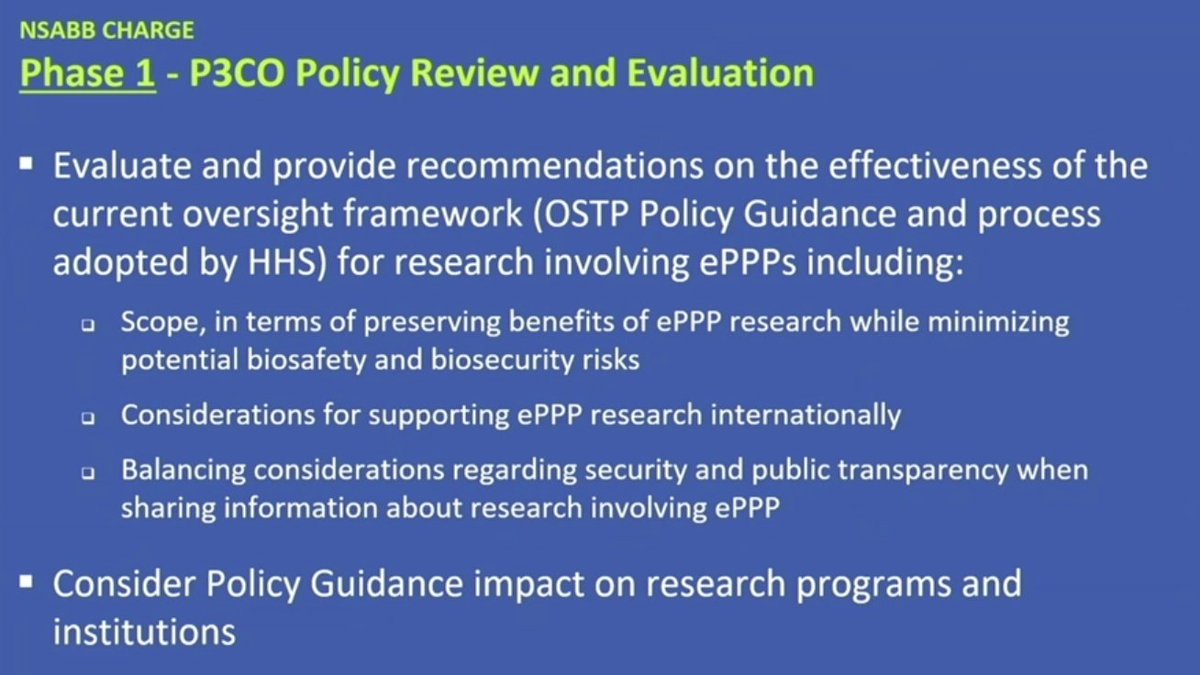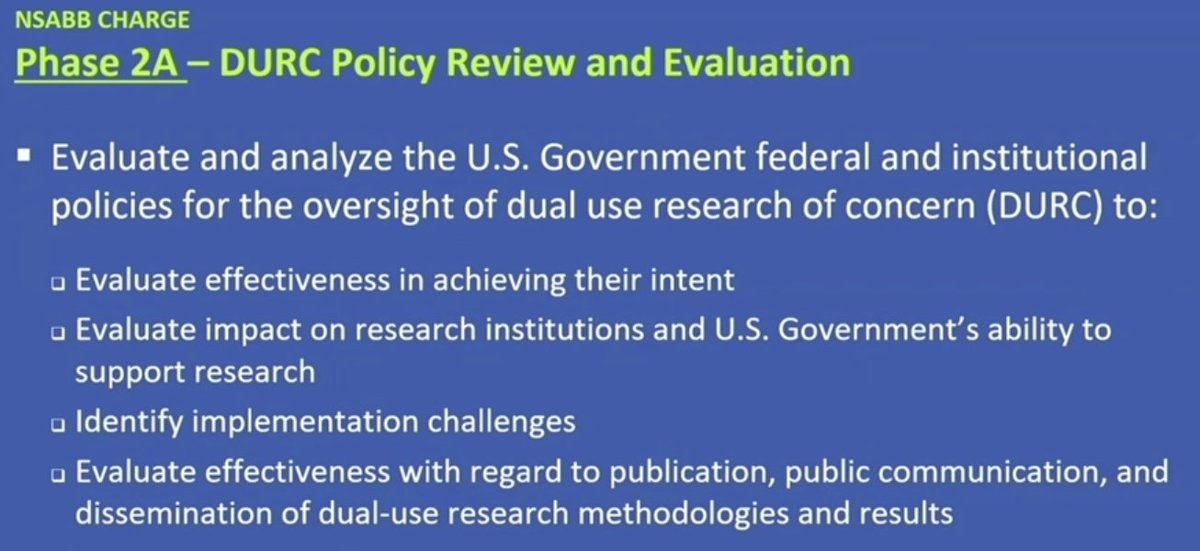
The pandemic has degraded my confidence in (science) journalism, especially on the #OriginOfCovid
Much of the misinformation on this topic (false or inaccurate info presented as fact, intentionally or otherwise) has come from prominent scientists & been amplified by top media.
Much of the misinformation on this topic (false or inaccurate info presented as fact, intentionally or otherwise) has come from prominent scientists & been amplified by top media.
After creating and/or spreading much of these misinformation, best efforts have not been made by these prominent scientists or journalists to correct their errors.
See recent example:
See recent example:
https://twitter.com/Ayjchan/status/1500265092495126532
I can describe this situation as one where wave upon wave of misinformation is coming from experts and journalists we would normally hope can be trusted to fact check their work with skeptical parties first and to correct the record when they have accidentally spread untruths.
This fake-it-till-you-make-it approach in science and science journalism on the topic of #OriginOfCovid has not paid off for these parties.
But I would argue that it has resulted in the spread of misinformation and also hurt public trust in science.
But I would argue that it has resulted in the spread of misinformation and also hurt public trust in science.
https://twitter.com/Ayjchan/status/1394327675884511239?s=20&t=Ob1Hvl19zluBCH6l5abUBA
If these parties were to write an article now undoing all the misinformation they had created and/or spread, I suspect it would be a damning report of how dangerous virus research that could have plausibly led to the emergence of the pandemic had been conducted at low biosafety..
.. that the proliferation of this type of research over the past decade (and lack of oversight and accountability) has significantly increased the chances of lab-based outbreaks of either natural or modified viruses being studied in dozens of labs around the world..
.. that current #OriginOfCovid evidence is consistent with both natural & lab-based hypotheses. Much of the possibly dispositive evidence is beyond our reach, e.g., missing Wuhan pathogen database, or has not been investigated, e.g., cleavage site insertion docs at Ecohealth..
.. and that Wuhan city in central China had been an unexpected place for a SARS-like virus to spillover into people.
People in Wuhan (not counting the scientists) did not have a habit of eating bats or interacting with them in a way that would've likely led to the pandemic.
People in Wuhan (not counting the scientists) did not have a habit of eating bats or interacting with them in a way that would've likely led to the pandemic.
The latest misinformation from top experts and journalists on #OriginOfCovid is that dispositive evidence has been found for a natural origin of the virus.
No animal host. No sign of virus circulation in the animal trading community prior to the outbreak.
No animal host. No sign of virus circulation in the animal trading community prior to the outbreak.
https://twitter.com/Ayjchan/status/1499794959054036995
• • •
Missing some Tweet in this thread? You can try to
force a refresh











